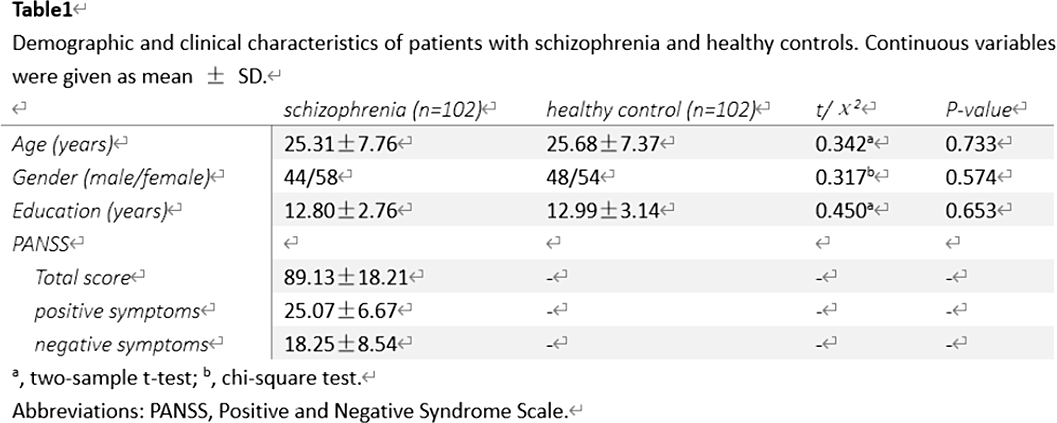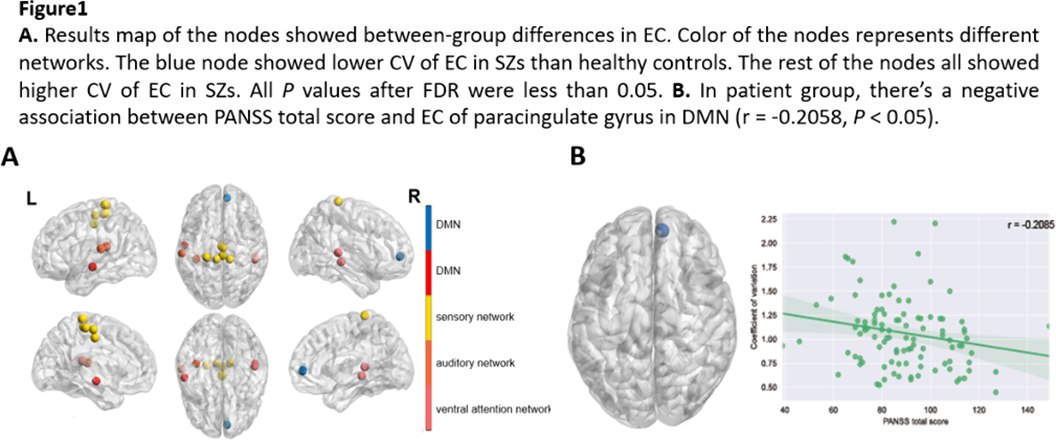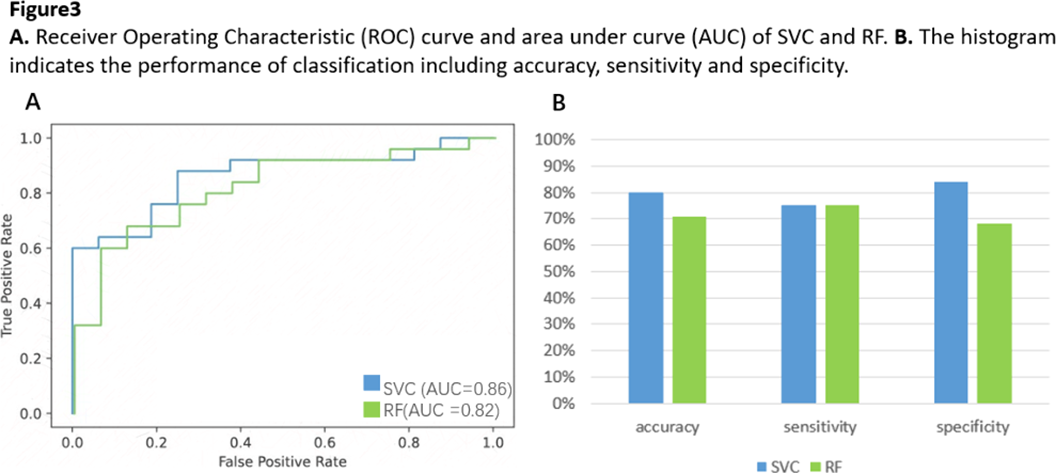222 results
Accelerated protons with energies up to 70 MeV based on the optimized SG-II Peta-watt laser facility
-
- Journal:
- High Power Laser Science and Engineering / Volume 11 / 2023
- Published online by Cambridge University Press:
- 30 June 2023, e63
-
- Article
-
- You have access
- Open access
- HTML
- Export citation
WALLABY pilot survey: The diversity of HI structural parameters in nearby galaxies
-
- Journal:
- Publications of the Astronomical Society of Australia / Volume 40 / 2023
- Published online by Cambridge University Press:
- 08 June 2023, e032
-
- Article
- Export citation
Development and validation of an online portion size norm assessment tool
-
- Journal:
- Proceedings of the Nutrition Society / Volume 82 / Issue OCE2 / 2023
- Published online by Cambridge University Press:
- 22 March 2023, E100
-
- Article
-
- You have access
- HTML
- Export citation
Effects of environment and breed on growth performance and meat quality of fattening pigs
-
- Journal:
- Animal Welfare / Volume 29 / Issue 2 / May 2020
- Published online by Cambridge University Press:
- 01 January 2023, pp. 177-184
-
- Article
- Export citation
WALLABY Pilot Survey: Public release of HI kinematic models for more than 100 galaxies from phase 1 of ASKAP pilot observations
-
- Journal:
- Publications of the Astronomical Society of Australia / Volume 39 / 2022
- Published online by Cambridge University Press:
- 15 November 2022, e059
-
- Article
-
- You have access
- Open access
- HTML
- Export citation
WALLABY pilot survey: Public release of H i data for almost 600 galaxies from phase 1 of ASKAP pilot observations
-
- Journal:
- Publications of the Astronomical Society of Australia / Volume 39 / 2022
- Published online by Cambridge University Press:
- 15 November 2022, e058
-
- Article
-
- You have access
- Open access
- HTML
- Export citation
Brain controllability and clinical relevance in schizophrenia
-
- Journal:
- European Psychiatry / Volume 65 / Issue S1 / June 2022
- Published online by Cambridge University Press:
- 01 September 2022, p. S196
-
- Article
-
- You have access
- Open access
- Export citation
Altered dynamic functional topology in first-episode untreated patients with schizophrenia can aid in early diagnosis
-
- Journal:
- European Psychiatry / Volume 65 / Issue S1 / June 2022
- Published online by Cambridge University Press:
- 01 September 2022, p. S115
-
- Article
-
- You have access
- Open access
- Export citation
Prediction and copy number variation identification of ZNF146 gene related to growth traits in Chinese cattle
-
- Journal:
- The Journal of Agricultural Science / Volume 160 / Issue 5 / October 2022
- Published online by Cambridge University Press:
- 10 August 2022, pp. 404-412
-
- Article
- Export citation
Acceleration of 60 MeV proton beams in the commissioning experiment of the SULF-10 PW laser
- Part of
-
- Journal:
- High Power Laser Science and Engineering / Volume 10 / 2022
- Published online by Cambridge University Press:
- 03 August 2022, e26
-
- Article
-
- You have access
- Open access
- HTML
- Export citation
Forecasting the monthly incidence of scarlet fever in Chongqing, China using the SARIMA model
-
- Journal:
- Epidemiology & Infection / Volume 150 / 2022
- Published online by Cambridge University Press:
- 21 April 2022, e90
-
- Article
-
- You have access
- Open access
- HTML
- Export citation
Study on the monitoring and classification of winter wheat freezing injury in spring based on 3S technology
-
- Journal:
- The Journal of Agricultural Science / Volume 159 / Issue 9-10 / November 2021
- Published online by Cambridge University Press:
- 08 March 2022, pp. 623-635
-
- Article
- Export citation
Spatial epidemiological characteristics and exponential smoothing model application of tuberculosis in Qinghai Plateau, China
-
- Journal:
- Epidemiology & Infection / Volume 150 / 2022
- Published online by Cambridge University Press:
- 12 January 2022, e37
-
- Article
-
- You have access
- Open access
- HTML
- Export citation
The impact of COVID-19 on subthreshold depressive symptoms: a longitudinal study
-
- Journal:
- Epidemiology and Psychiatric Sciences / Volume 30 / 2021
- Published online by Cambridge University Press:
- 15 February 2021, e20
-
- Article
-
- You have access
- Open access
- HTML
- Export citation
Effects of riboflavin supplementation on performance, nutrient digestion, rumen microbiota composition and activities of Holstein bulls
-
- Journal:
- British Journal of Nutrition / Volume 126 / Issue 9 / 14 November 2021
- Published online by Cambridge University Press:
- 08 January 2021, pp. 1288-1295
- Print publication:
- 14 November 2021
-
- Article
-
- You have access
- HTML
- Export citation
Neutron Star Extreme Matter Observatory: A kilohertz-band gravitational-wave detector in the global network
- Part of
-
- Journal:
- Publications of the Astronomical Society of Australia / Volume 37 / 2020
- Published online by Cambridge University Press:
- 05 November 2020, e047
-
- Article
-
- You have access
- HTML
- Export citation
Effects of copper sulphate and coated copper sulphate addition on lactation performance, nutrient digestibility, ruminal fermentation and blood metabolites in dairy cows
-
- Journal:
- British Journal of Nutrition / Volume 125 / Issue 3 / 14 February 2021
- Published online by Cambridge University Press:
- 28 July 2020, pp. 251-259
- Print publication:
- 14 February 2021
-
- Article
-
- You have access
- HTML
- Export citation























